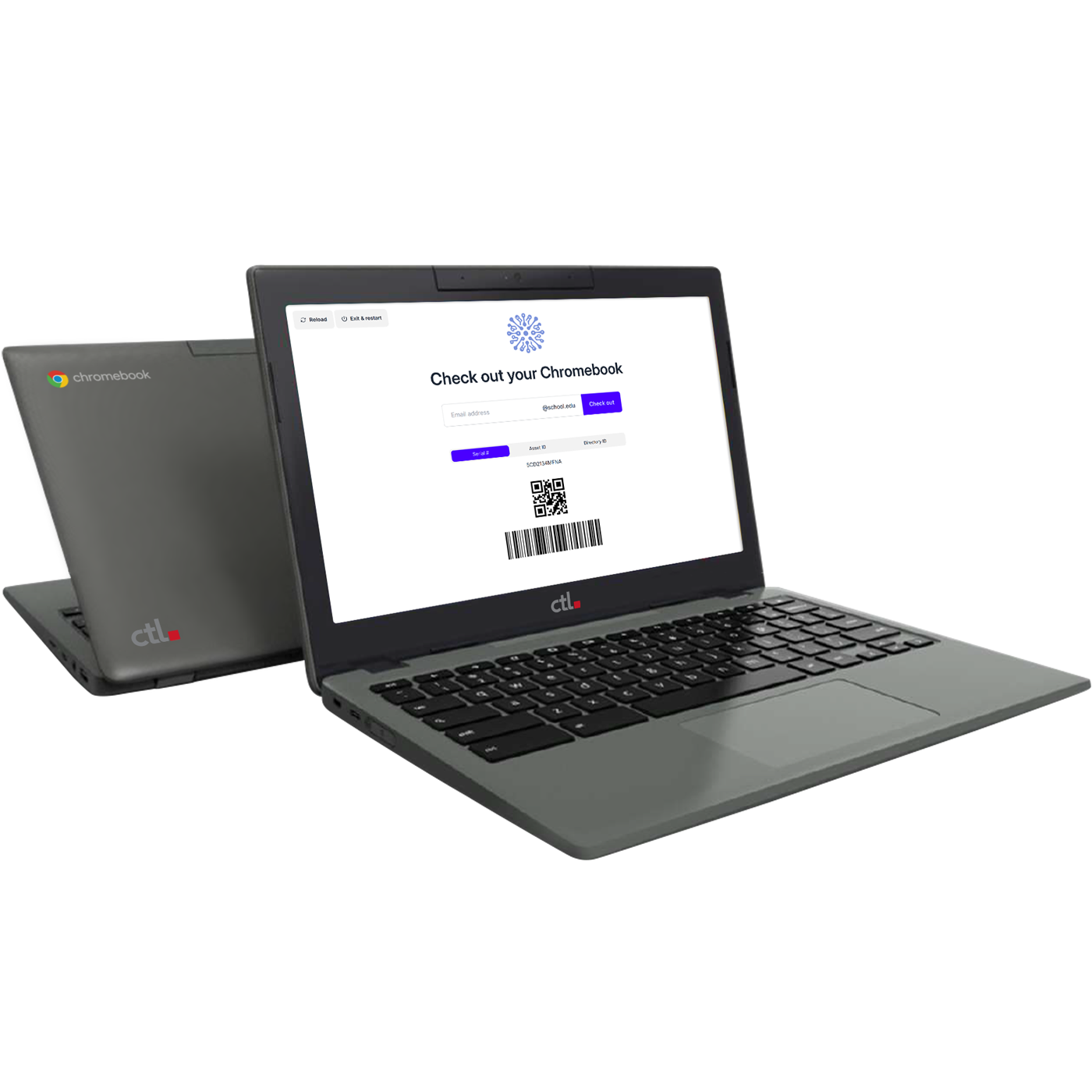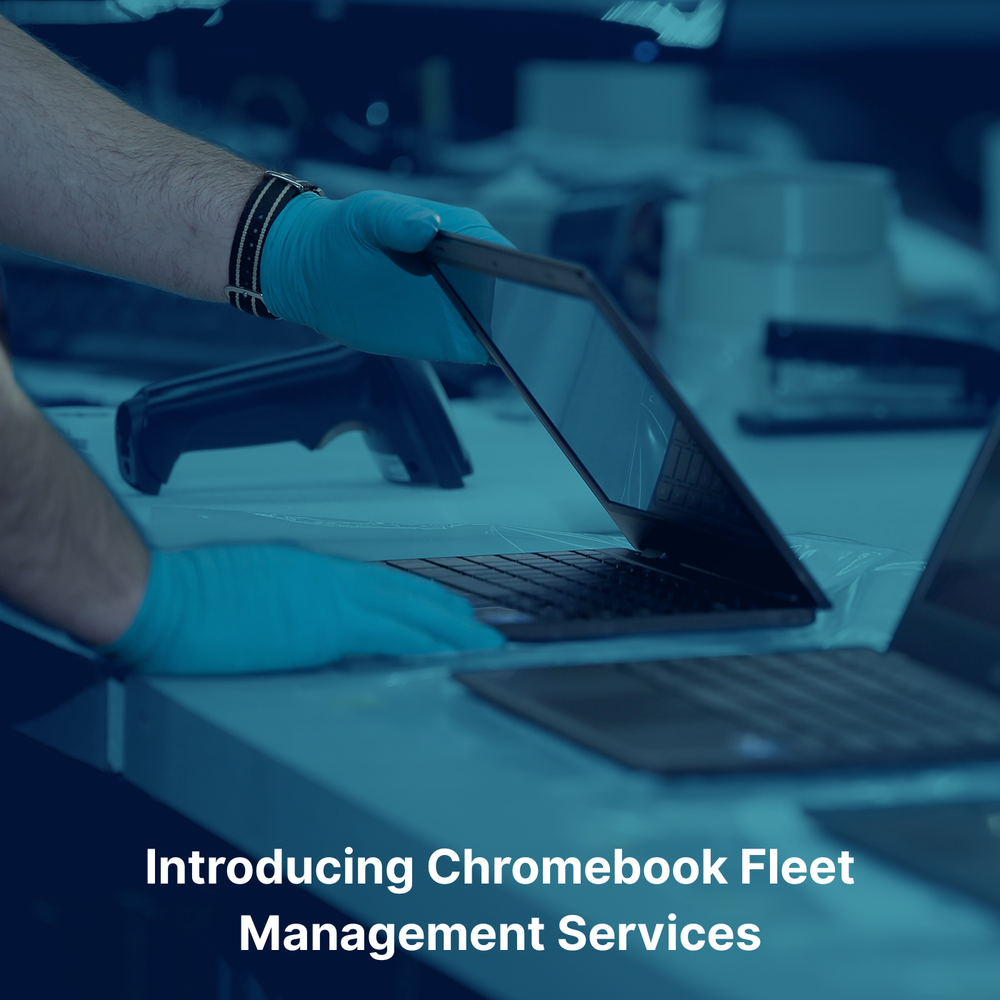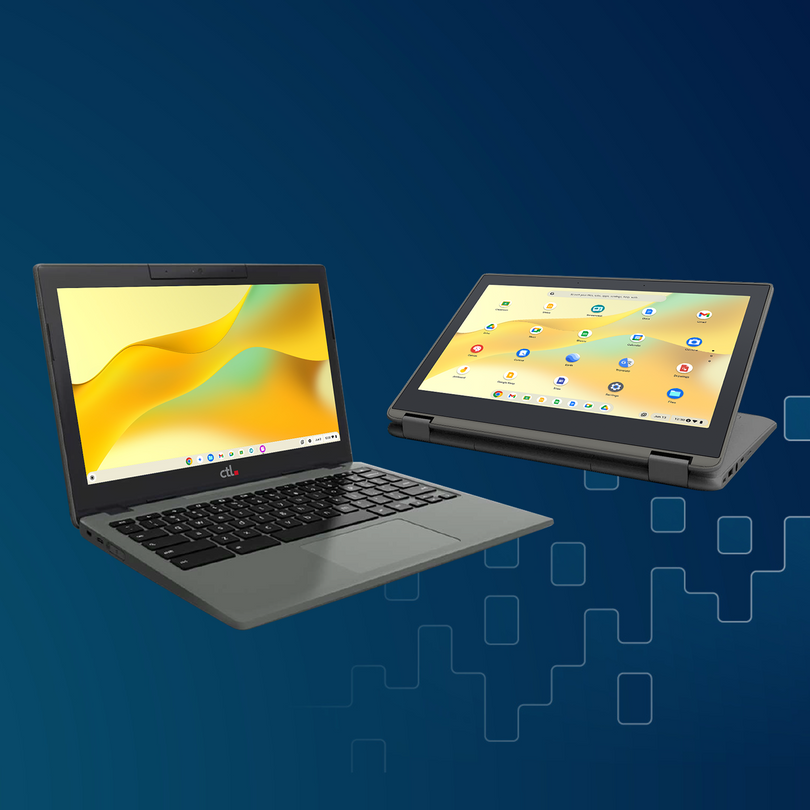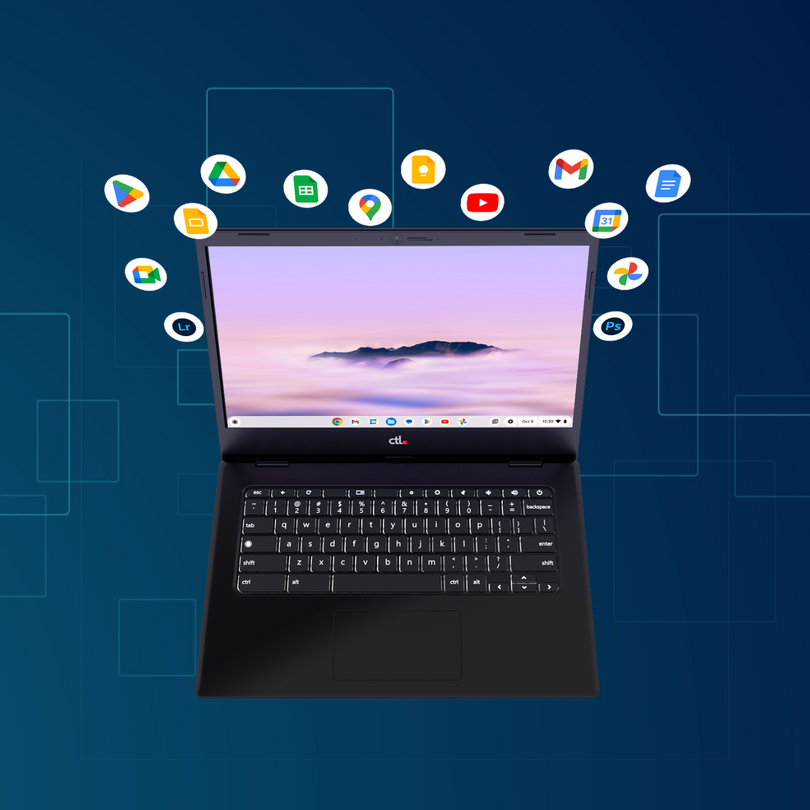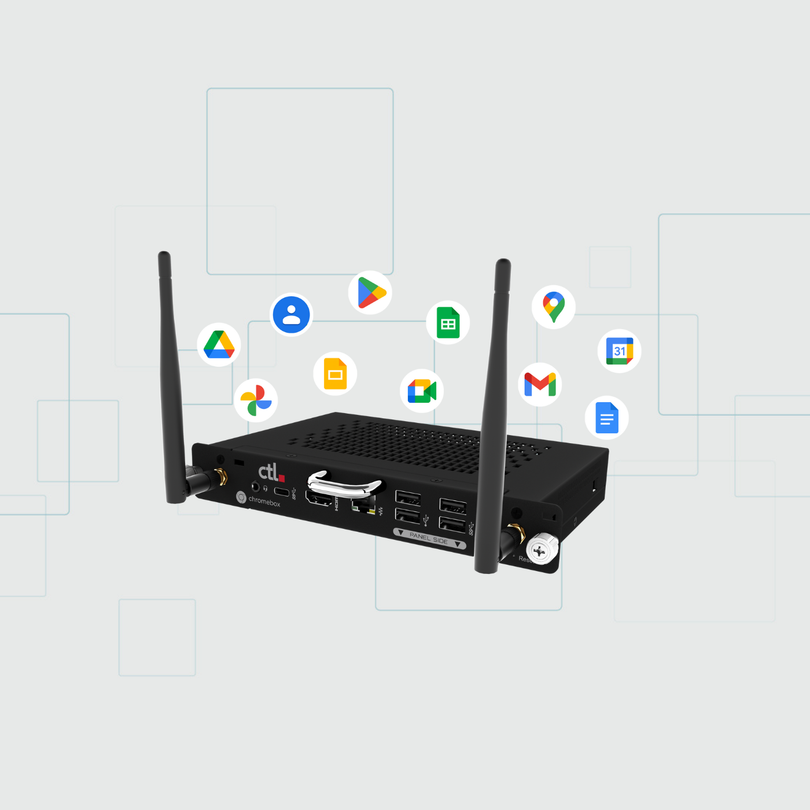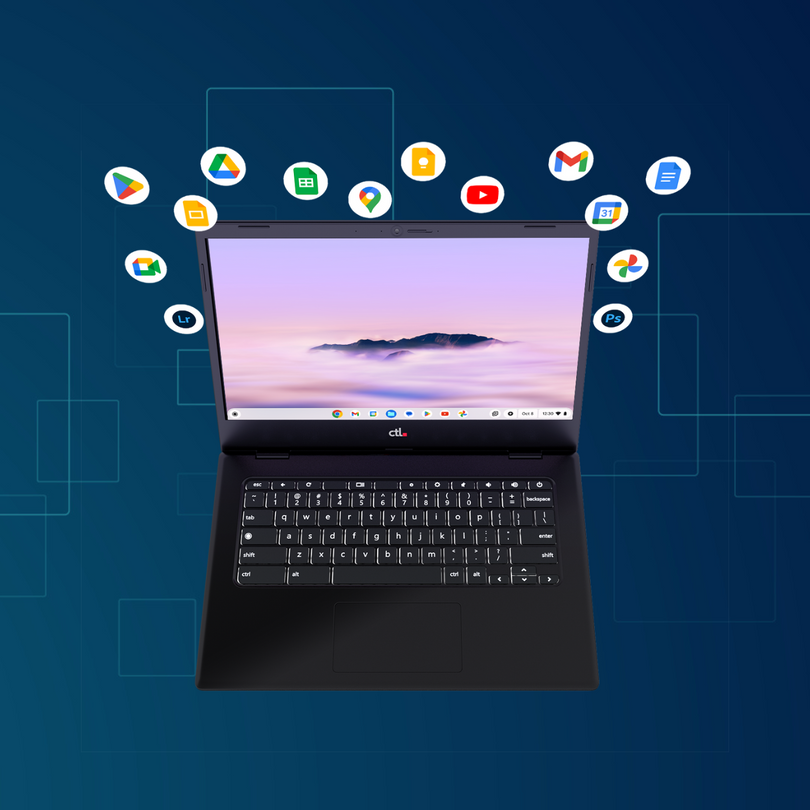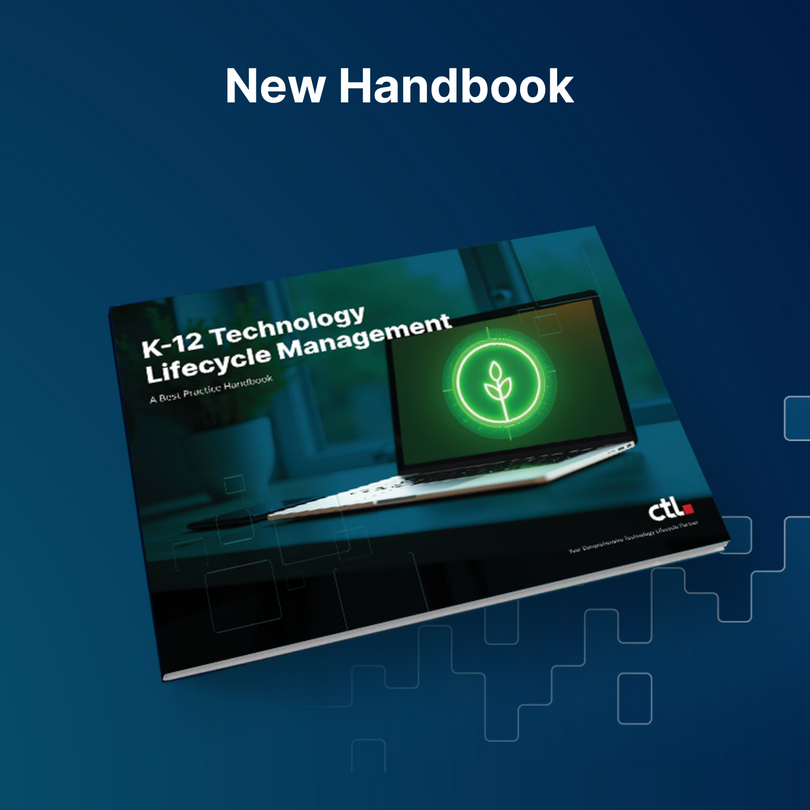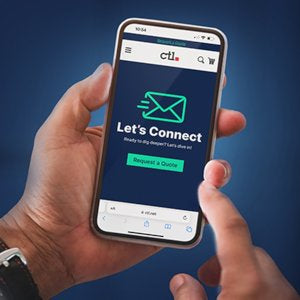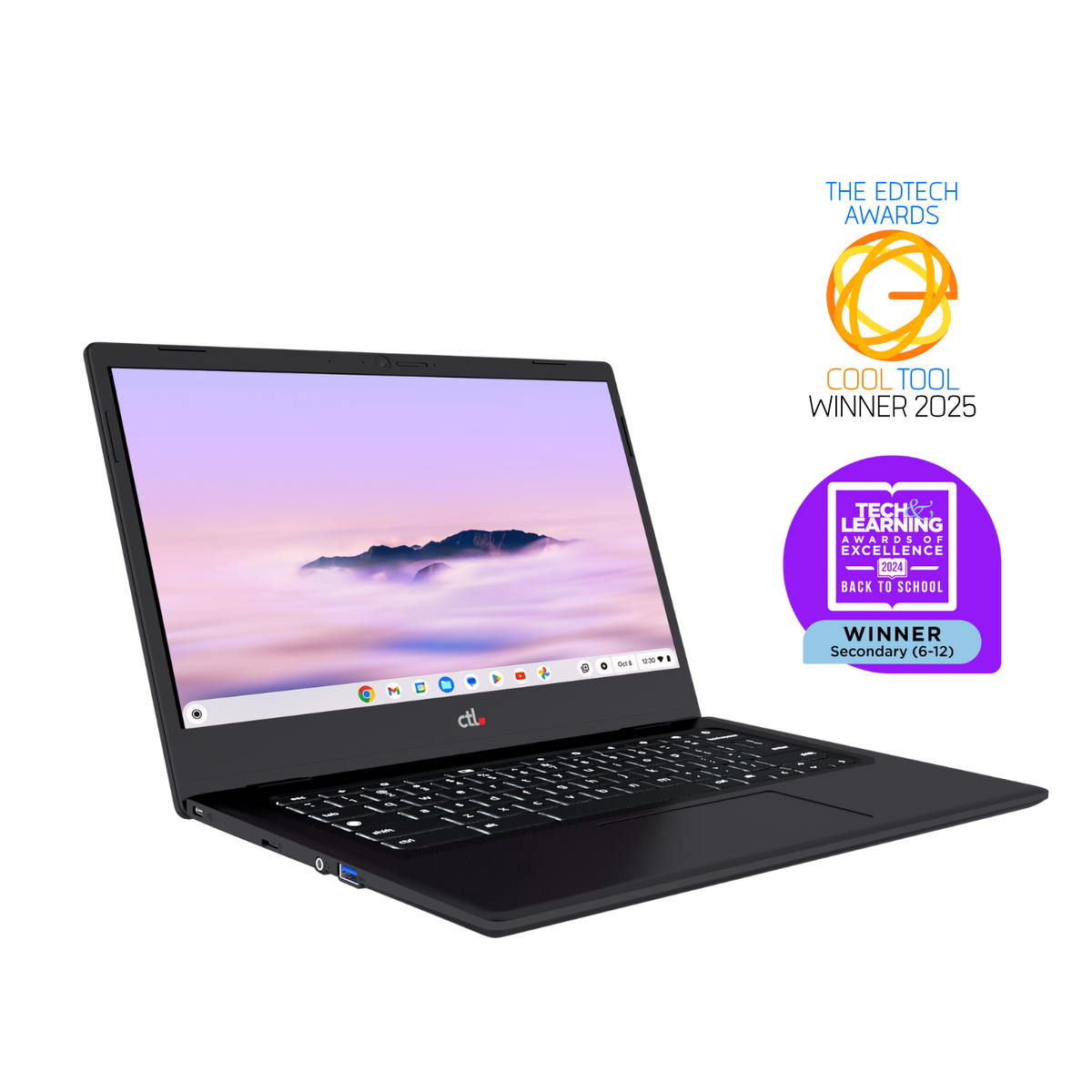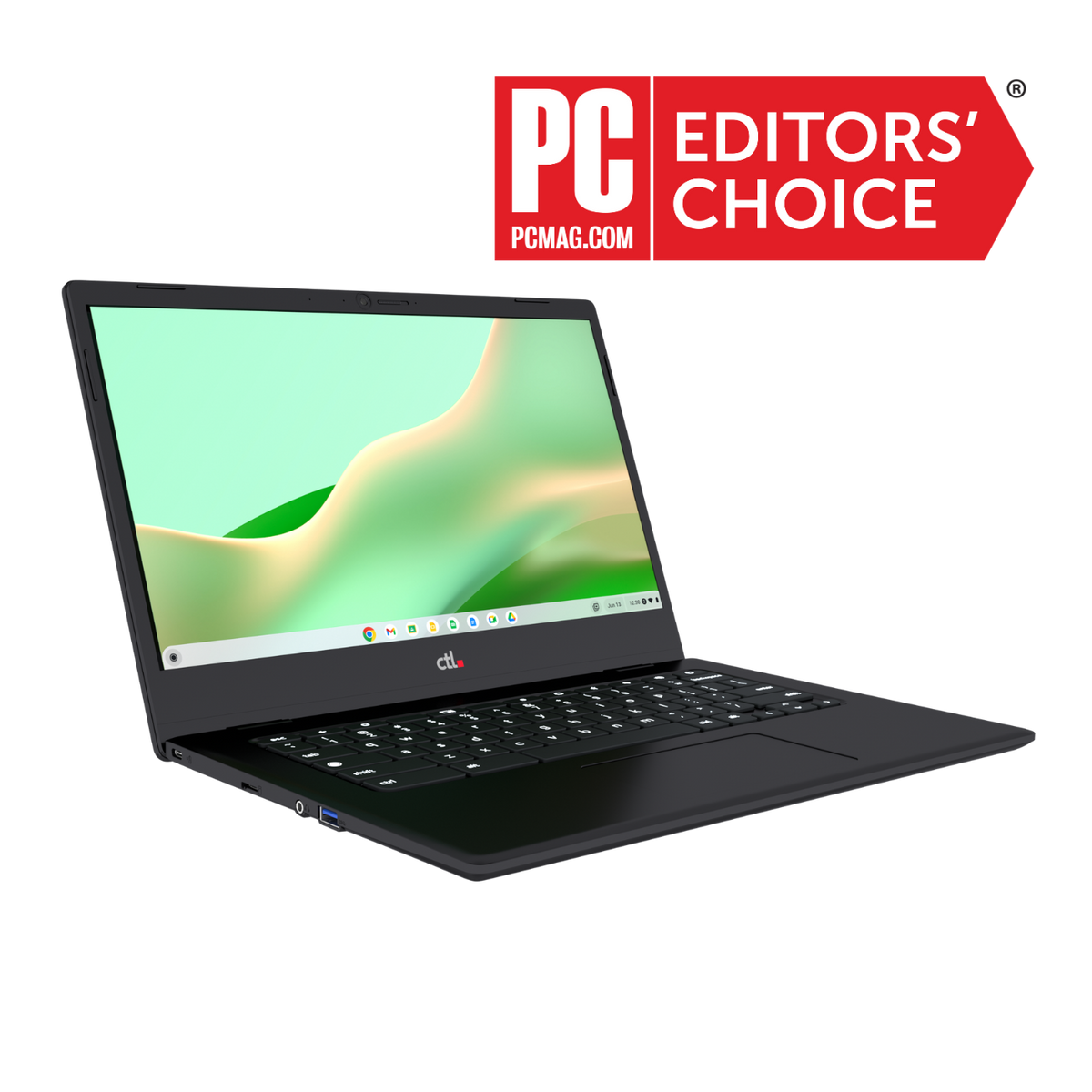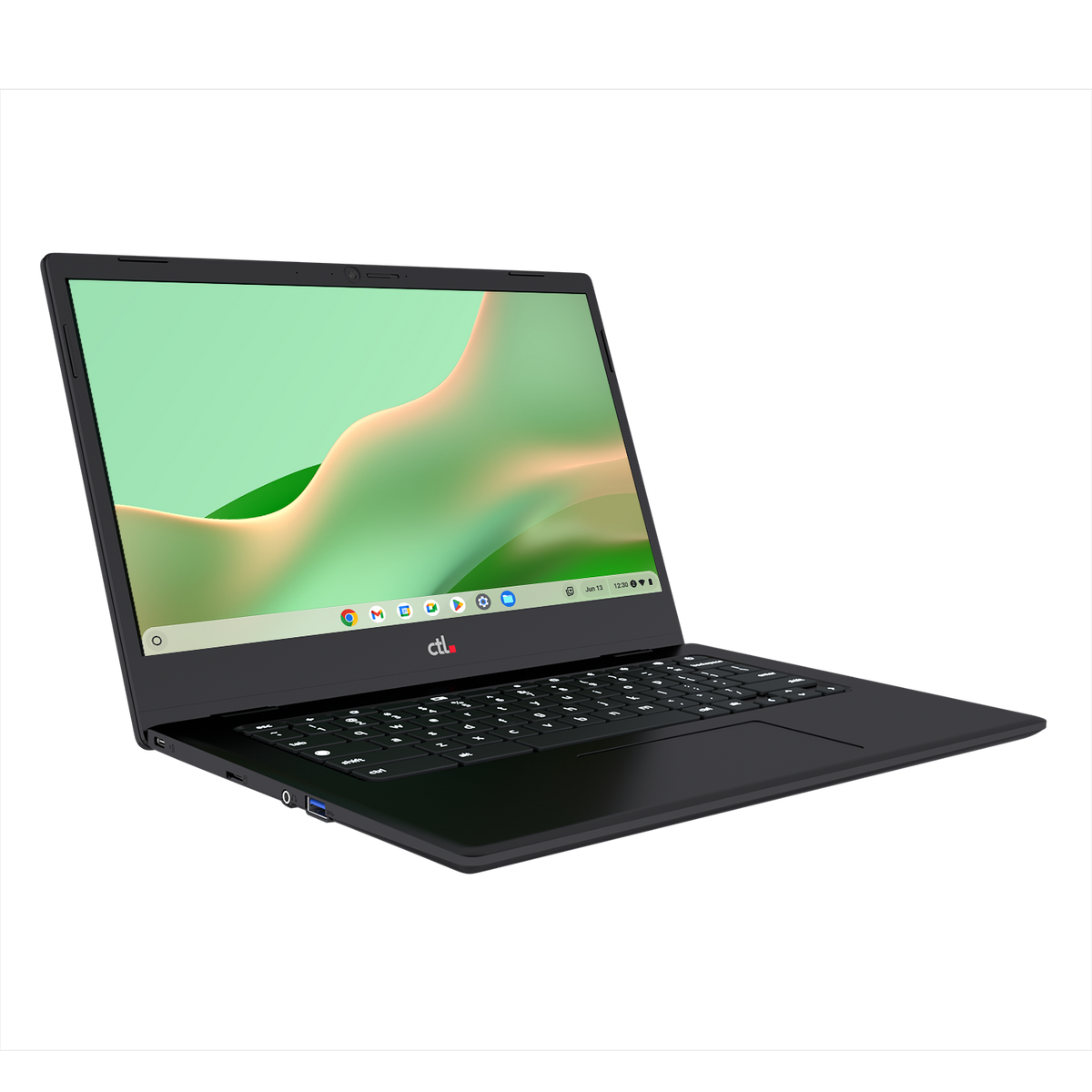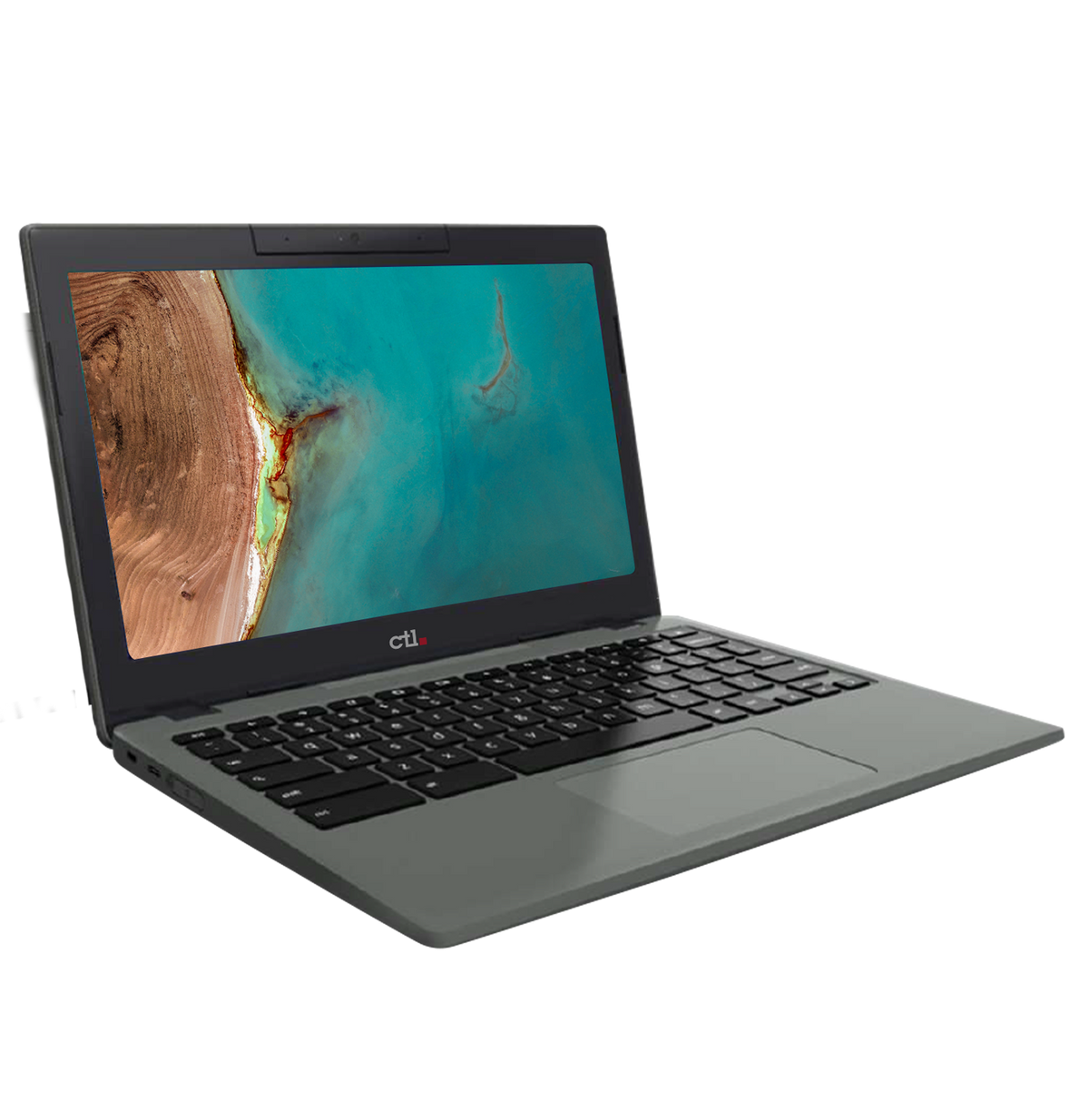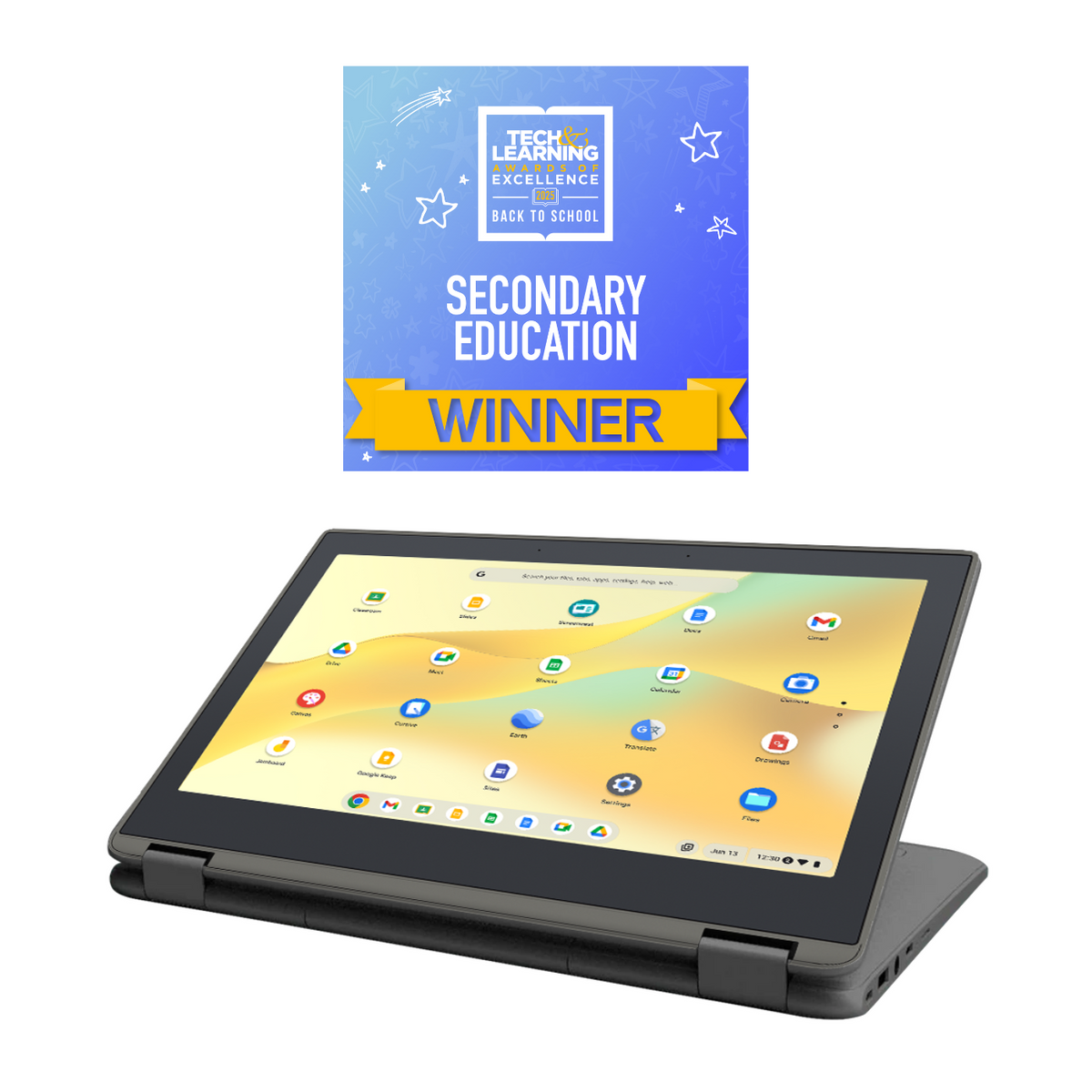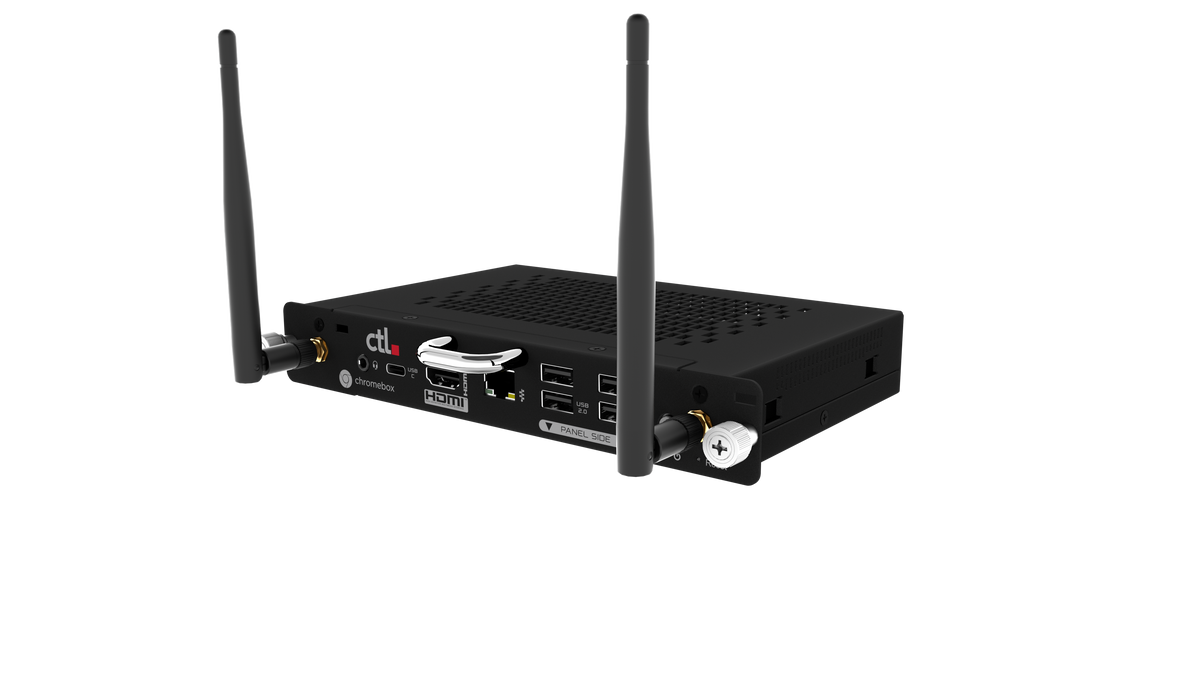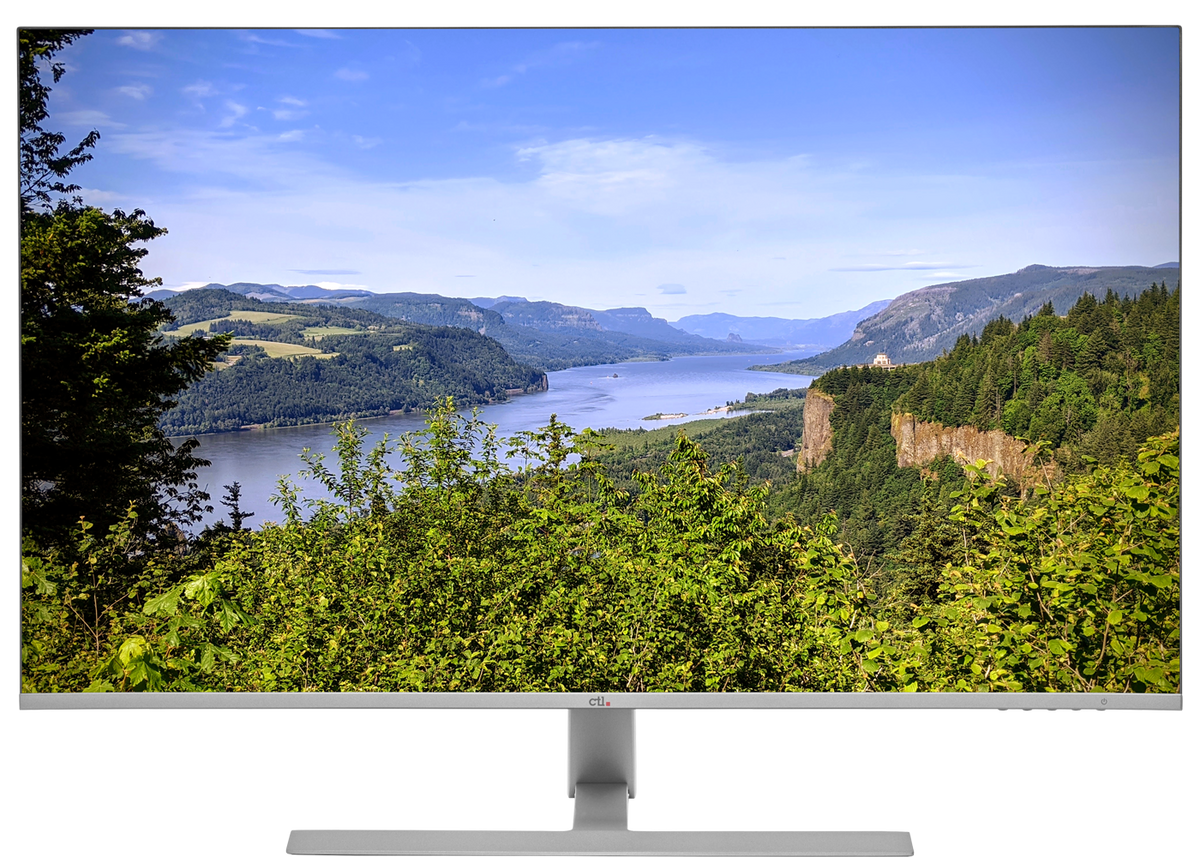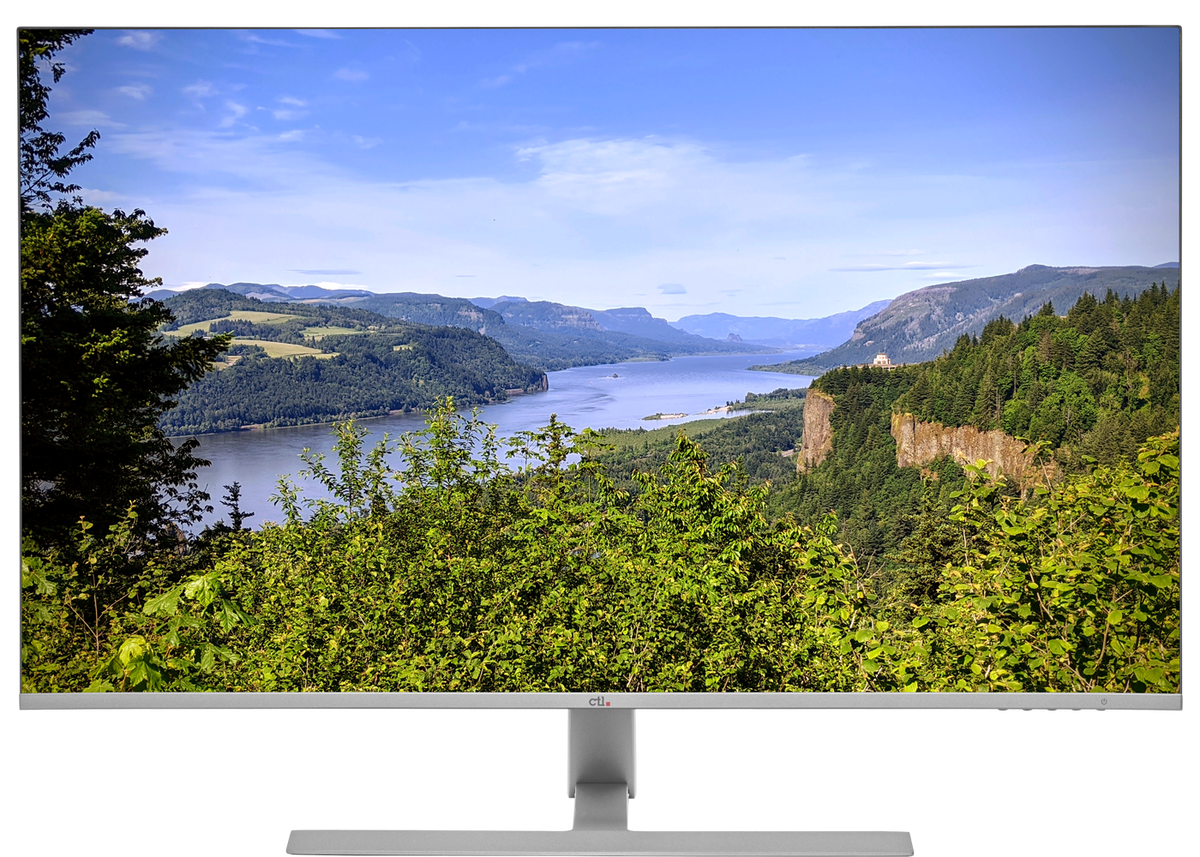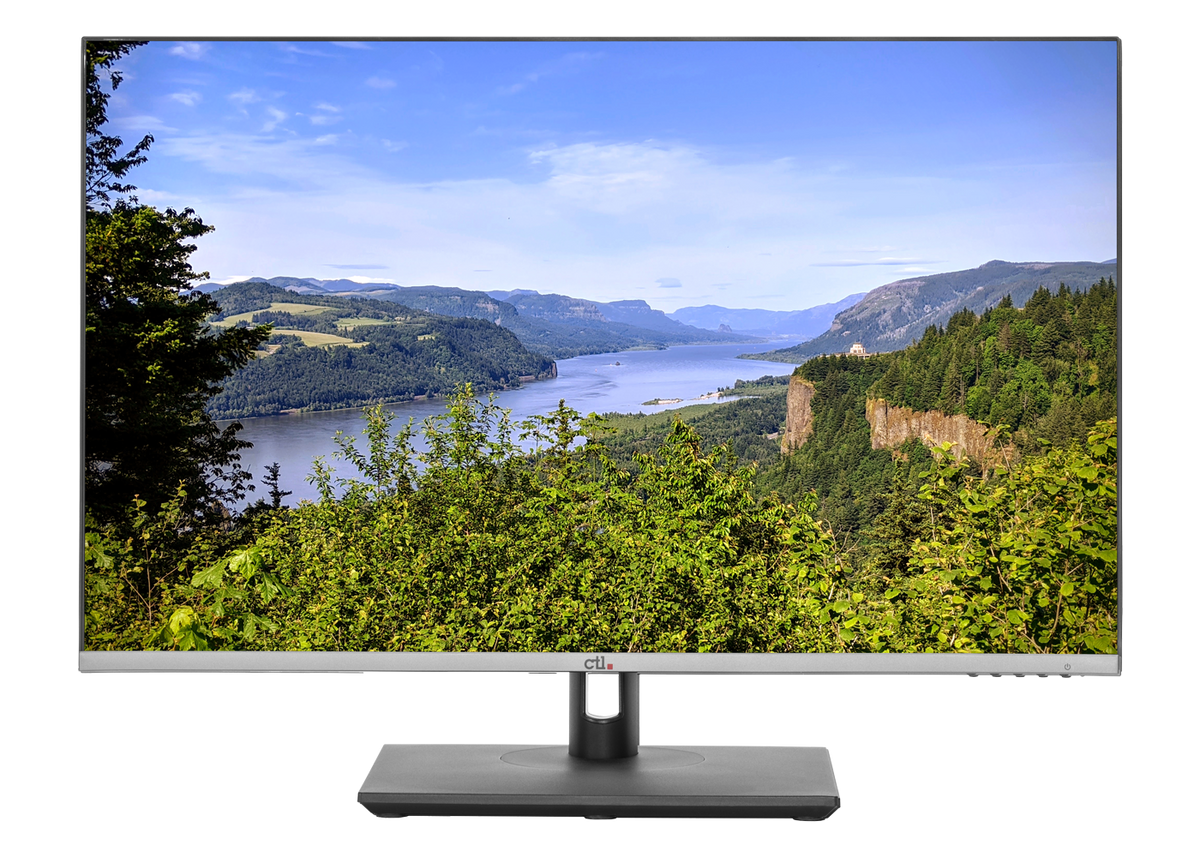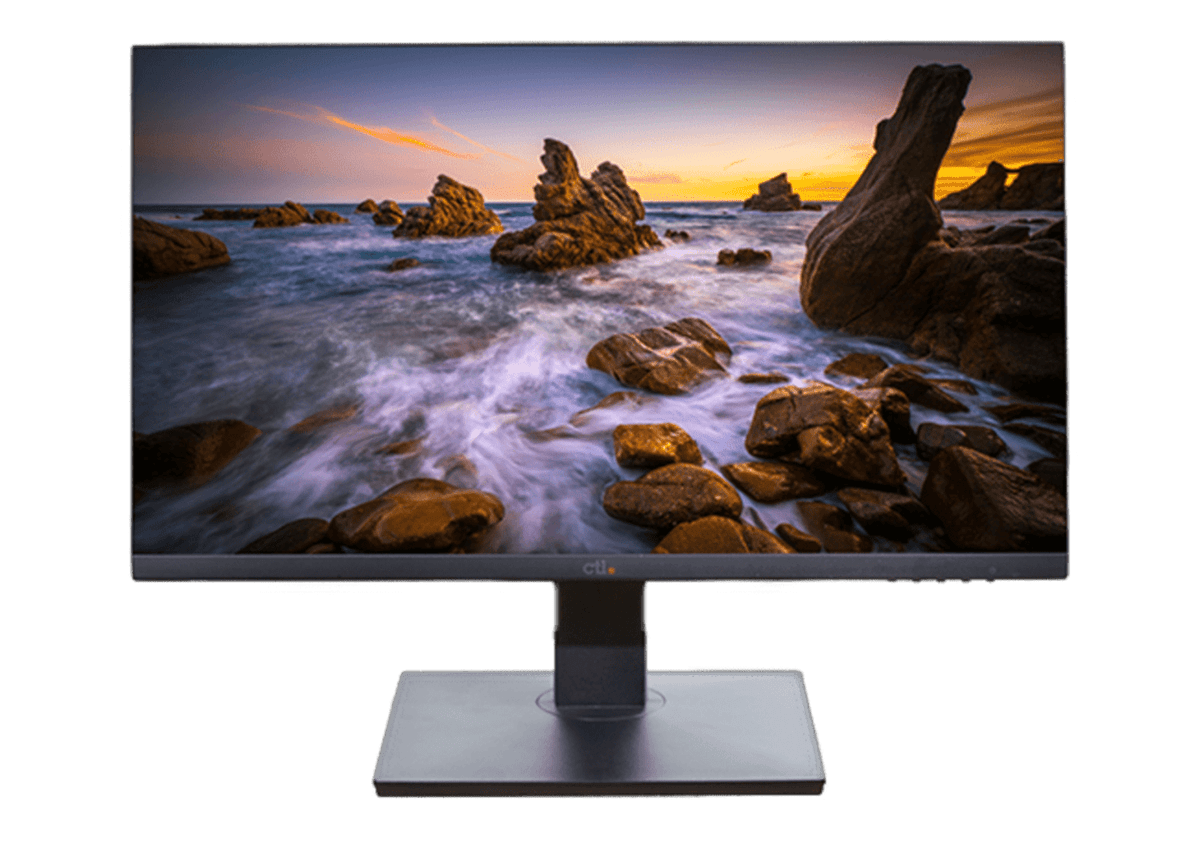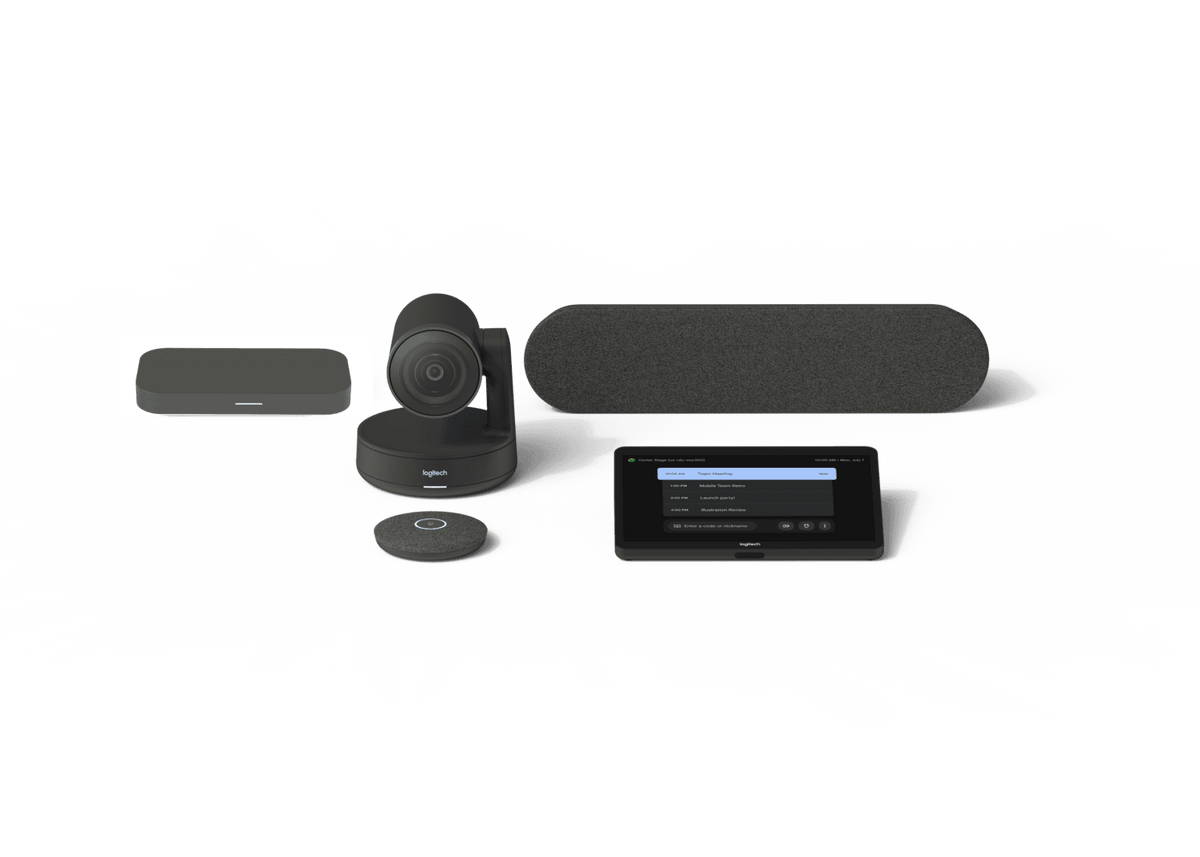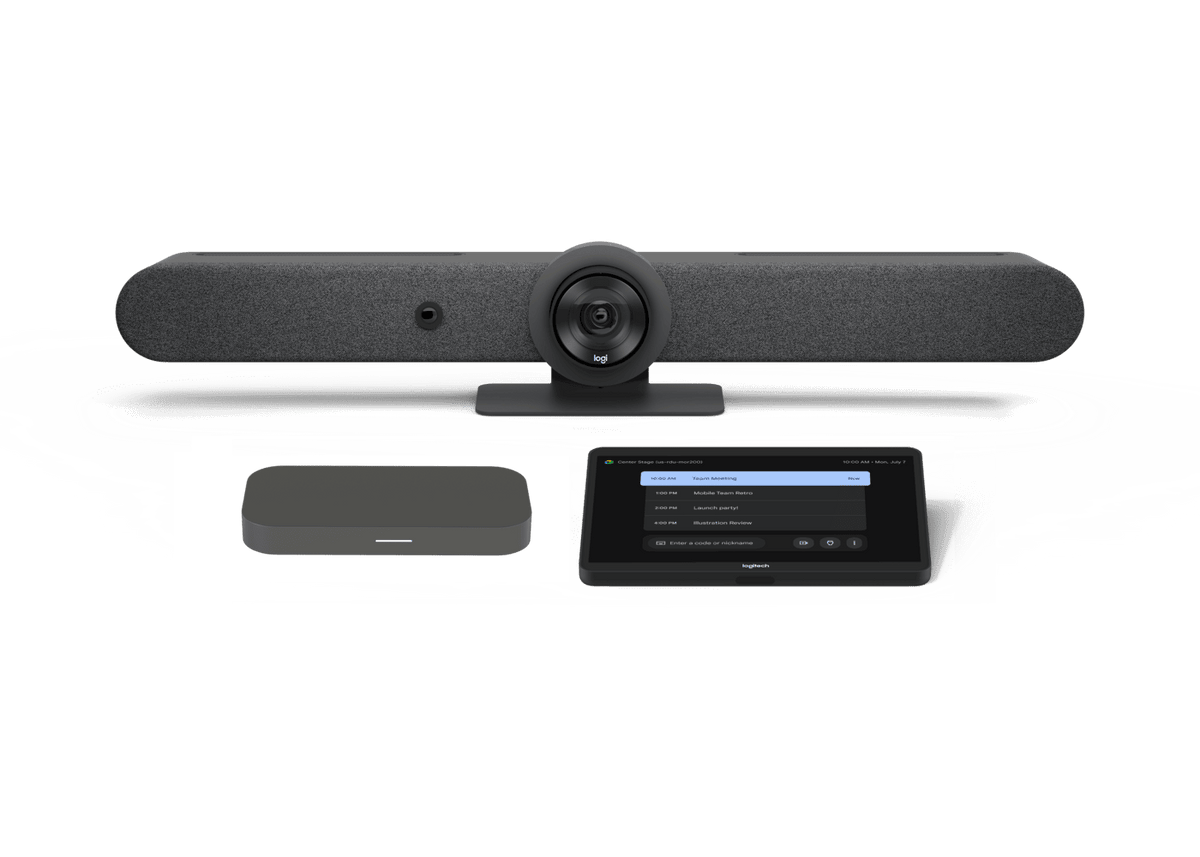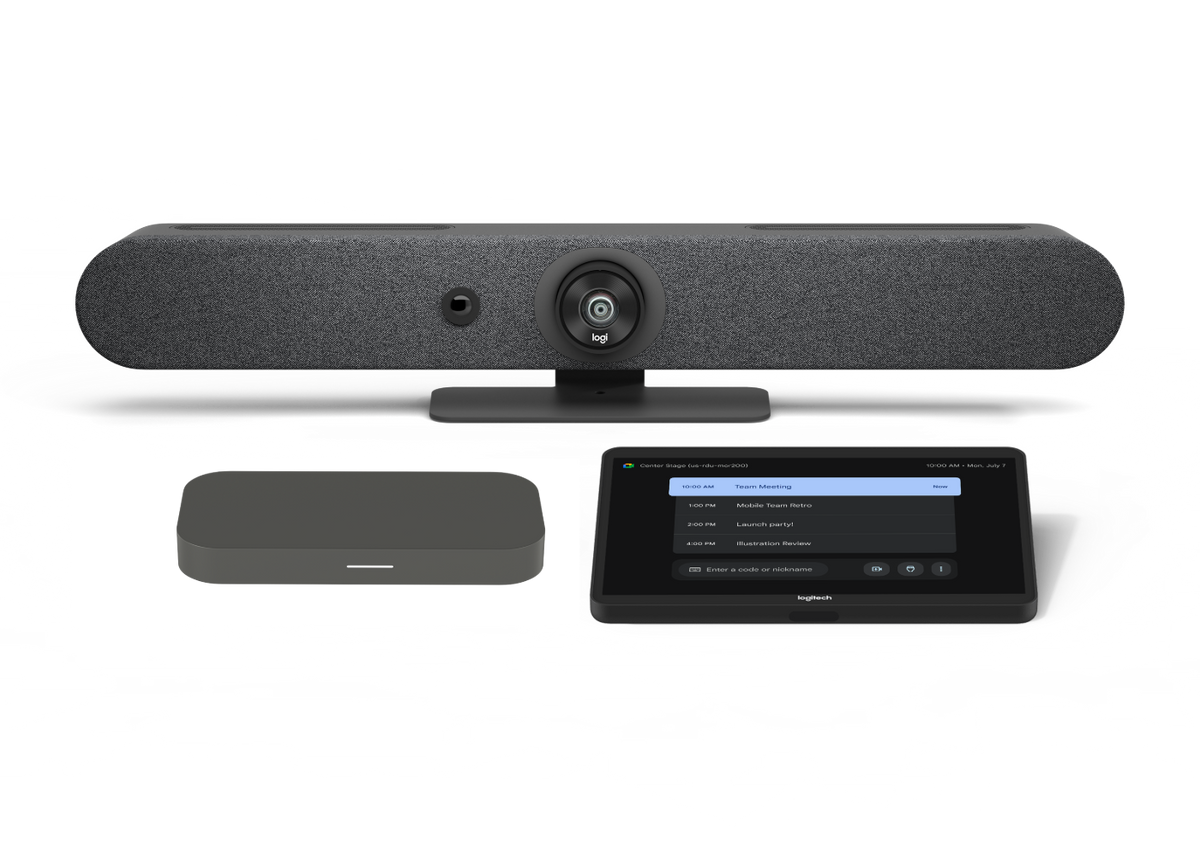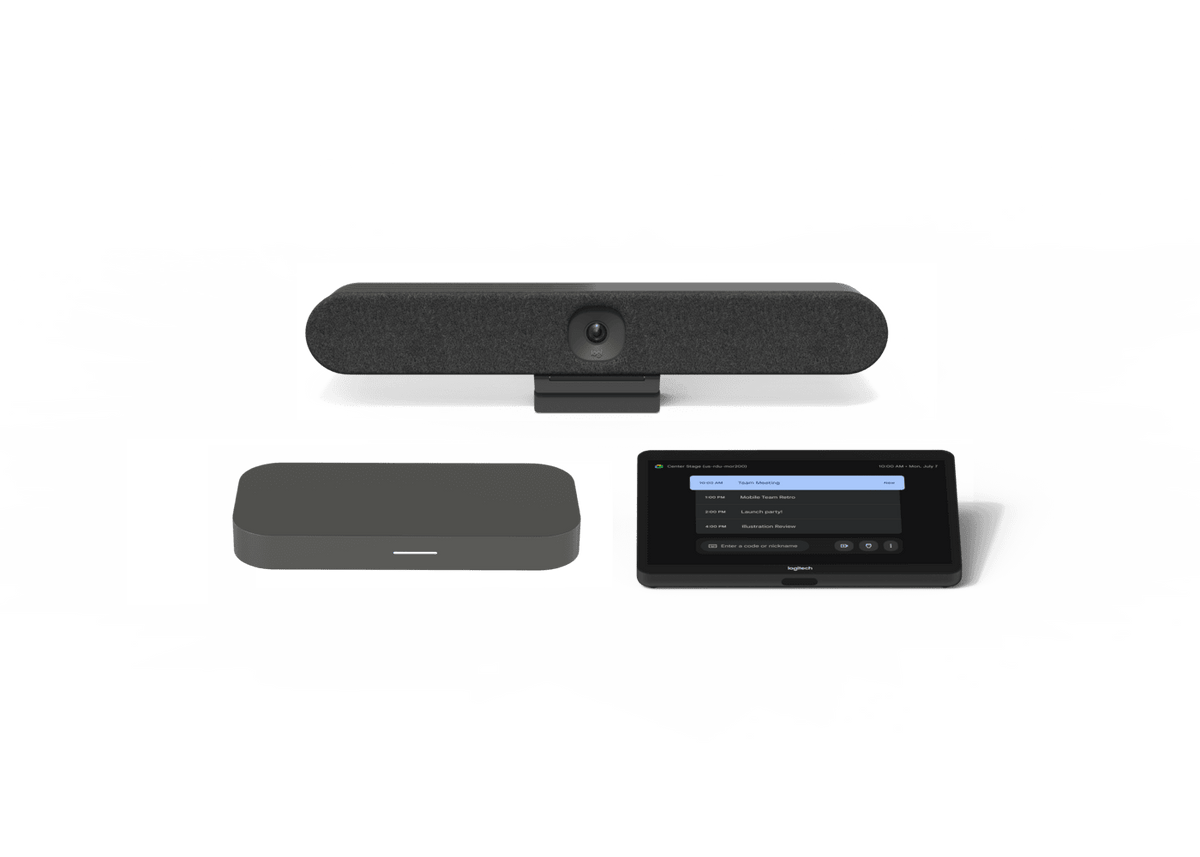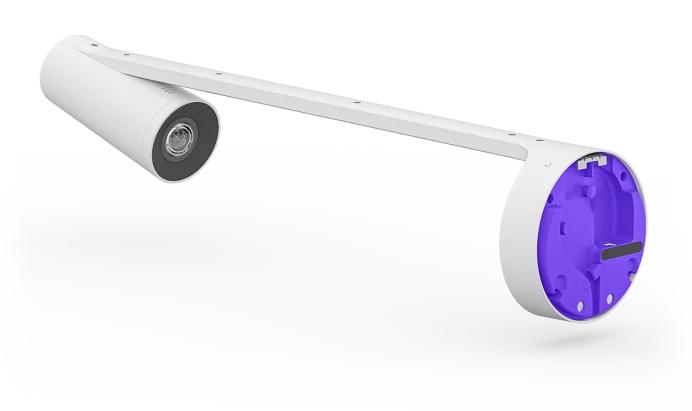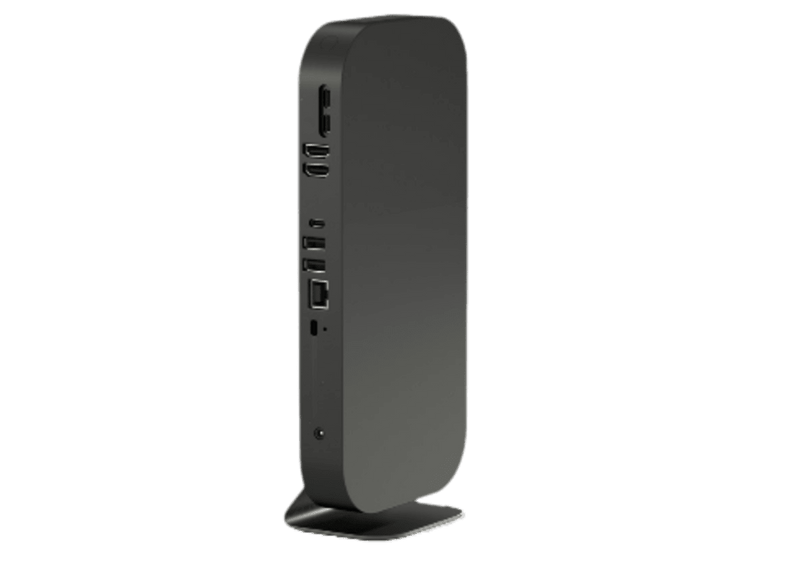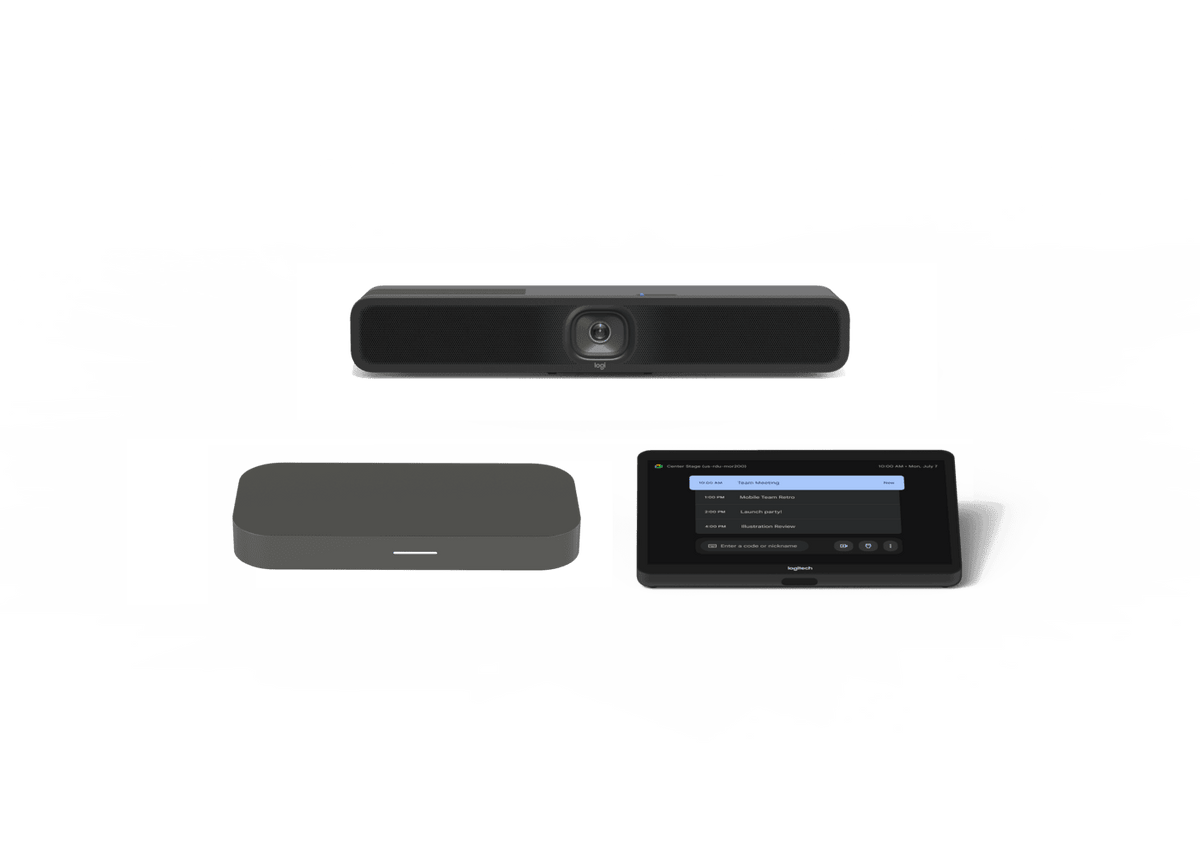CTL has published an eBook titled Mastering 1:1 Chromebook Deployments in 2024-25. Below is Chapter 1. The entire eBook can be downloaded here.
Chromebooks for Schools: Crafting a Device Strategy
Equipping your school with Chromebooks offers a powerful opportunity to enhance learning, collaboration, and administrative efficiency. But embarking on this journey requires careful planning and a well-defined device strategy. This article will guide you through the key considerations.
Understanding your needs. Consider these essential factors when evaluating your Chromebook investments. Grade levels. Different age groups demand diverse features. Younger students benefit from rugged devices, while high schoolers might require more processing power.
At CTL, we’ve seen customers enact a series of strategies to work through these challenges. Examples of some customer models include:
Device features by grade level.
- Grades K through 2 - Tablet devices while they learn to read and write.
- Grades 3 through 5/6 - Basic Chromebook devices, ruggedized versions, ideally with protective snap-on cases.
- Grades 6/7/8 – Chromebook devices, possibly with rotating world view cameras for greater online collaboration, ruggedized versions, ideally with protective snap-on cases.
- Grades 9-12 – Ultra performance Chromebook devices, with advanced processing power, higher levels of RAM and storage, pens for use with 2-in-1 convertible Chromebooks, and other higher function features.
The “hand-me-down” method.
- Purchase high level Chromebooks for high schoolers only. Middle school students receive the used high school devices, and elementary students receive the used middle school devices.
Curriculum. Assess software and platform compatibility with your curriculum and any specialized needs, like multimedia editing, video collaboration, or STEM applications.
Budget. The initial device price is just the beginning. As with any technology program, it’s important to determine your total cost of ownership over the length of your program. Consider provisioning and set-up costs and ongoing costs like repairs, software licenses, maintenance, and repair support. Perhaps you can trade in old devices and receive a discount on new ones? If so, build that in to your formula. Finally, explore flexible options like CTL’s Chrome-as-a-Service (CaaS) device rental program for a predictable monthly expense.
Work with your vendor to understand what’s included in the initial purchase price (and what’s not), the available warranty and service plans, and cost it out over the length of your program.
1:1 vs. shared devices. 1:1 programs offer personalized learning but pose higher investment and management demands. Shared devices can be cost-effective but might limit individual access.
Tailoring your solution. With your needs identified, it’s time to understand how you might build a solution comprised of hardware, software, and device management strategies that best suits your budget and your deployment model. Here are several items to consider:
Model selection. Match features like durability, performance, peripherals, and screen size to your specific device strategy. Consider the benefits of clamshell vs. 2-in-1 convertible tablet devices and touchscreen vs non-touchscreen for your needs.
Vendor mix n’ match. Implementing a single vendor strategy for Chromebooks in K-12 school districts offers significant advantages in terms of standardization, partnership benefits, repairability, operational efficiency, and additional support services. By standardizing devices across the district, schools can streamline management processes, ensure consistent performance, and plan budgets more effectively. Direct partnerships with manufacturers like CTL provide tailored services, competitive pricing, and specialized support for the educational environment, including:
- Consistency in make and model. Ensure uniformity across the district, simplifying management and troubleshooting.
- Competitive pricing. Economies of scale and negotiated rates provide cost savings.
- Direct partnership. A direct relationship with the manufacturer, such as CTL, facilitates better communication and faster resolution of issues, available stock of parts for faster service, and other benefits.
- Price consistency for non-covered damages. Predictable costs for parts and labor aid in budget planning.
- Single point of contact. Simplify communication and support processes for faster issue resolution.
Software licensing. For affordability and easy management, choose cloud-based solutions like Google Workspace for Education. Explore third-party software for specialized requirements. Chromebooks require Google Education Upgrade licensing, which may or may not be sold from your vendor. We recommend working with a partner who can offer you both the Chromebook hardware and required licensing in a bundled solution.
Deployment and management. Leverage Google Admin Console and the power of cloud computing to easily manage all of your ChromeOS devices. Consider third-party solutions like GoGuardian or Lightspeed for granular control and security.
Maximizing value. Purchase and set-up is just the first step. Plan for your whole life cycle of device deployment and management, keeping these important factors in mind:
- Ongoing support. This is a crucial factor for most schools. If you’ve bought from a 3rd party, what is the package for ongoing support? Is it provided by a 3rd party or the OEM? As an OEM, CTL does recommend servicing direct with an OEM. You’ll receive OEM-expert service and support, plus have access to parts for the life of the device. Many OEMs offer comprehensive support packages for troubleshooting, repairs, spare parts, and even self-repair training.

- Whole-life cycle management. Consider buy-back programs or responsible recycling services to manage device end-of-life sustainably.
- Future-proofing. Choose Chromebooks with upgradeable components or consider leasing options to stay ahead of evolving technology needs.
- Spares and loaners. Ensure you plan for devices to be lost, stolen, or out of service. CTL has customers that purchase refurbished equipment, for example, to cover these gaps.
Partnering for success. The partners you select for your technology journey can make a significant difference in your experience. If you have a trained in-house team, perhaps ordering just the devices alone, online, from a reseller, with no support will work just fine. Or, perhaps you’re new to 1:1 device deployments and require best practice advice, full-service warranties and service plans, or just someone to talk to on the phone. Ensure the vendor you select can provide not only the hardware, but also the services you think you’ll need.
- Engaging a trusted vendor. Choose a vendor with dedicated expertise in education technology and Chromebooks. Look for comprehensive solutions and responsive support. Request a dedicated service team and account manager for your important investment.
- Professional development. Invest in training for teachers and IT staff to maximize the potential for learning and administration.
By considering these key factors, you can create a Chromebook device strategy that empowers your students, faculty, and IT team while keeping your budget in check.

To access our entire eBook titled Mastering 1:1 Chromebook Deployments in 2024-25, go here.

